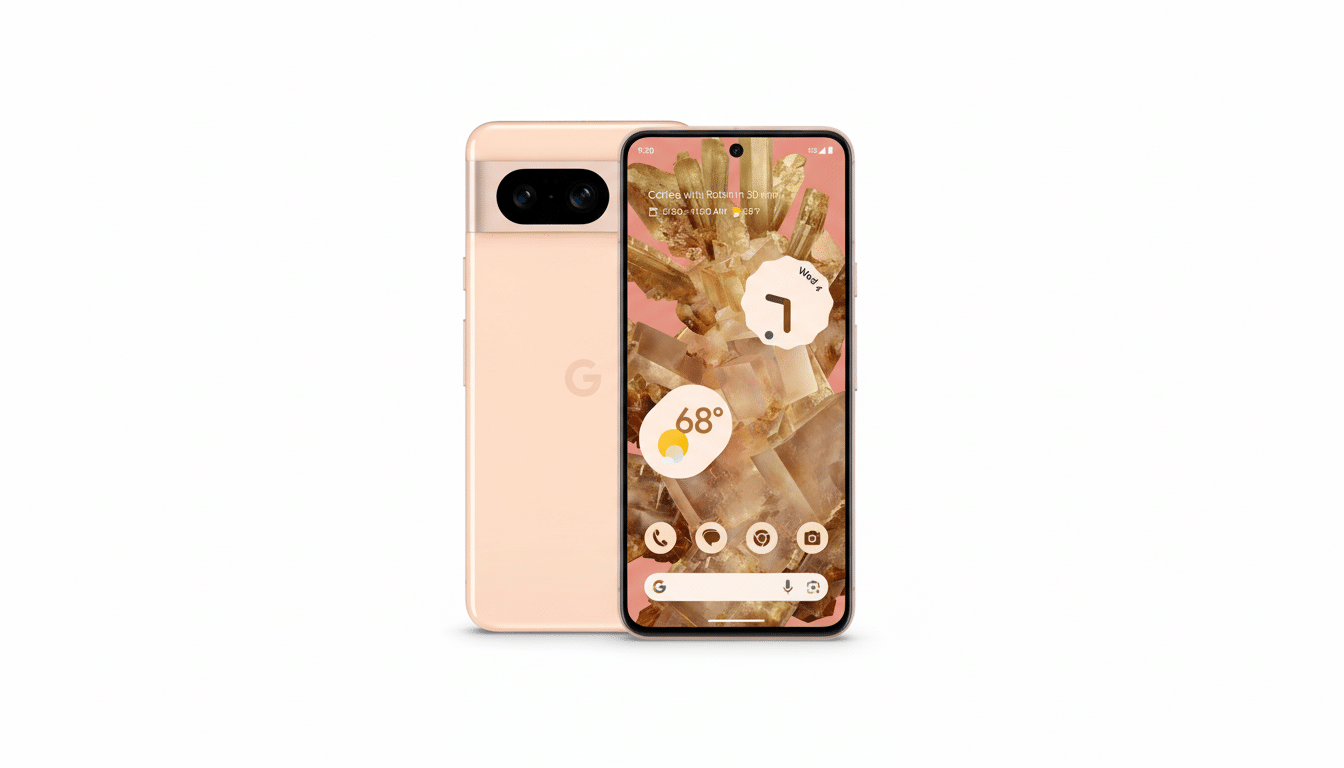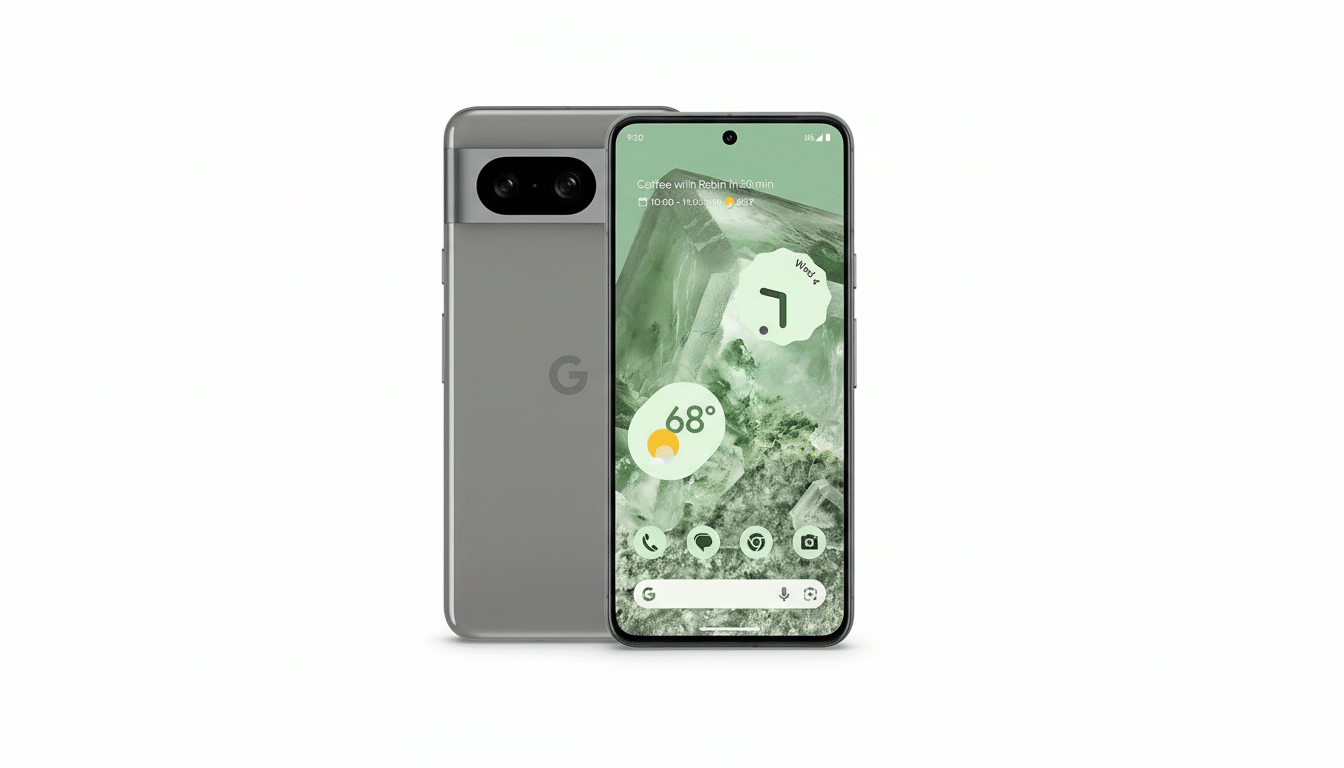Do not buy that shiny new Qi2 charger if you have an aging Google Pixel. The story on real-world tests is also that many Pixels lacking native Qi2 support fall back to a measly 5W rate on newer Qi2 pads and pucks—much slower than the 7.5–12W you can get from particular older Qi EPP chargers. In other words, upgrading to Qi2 might actually slow down your wireless charging.
Which Pixel models are affected by Qi2 charger limits
The problem only really affects Pixels that use Qi’s Extended Power Profile (EPP) rather than the newer Magnetic Power Profile (MPP) implemented by Qi2. That would include devices like the Pixel 7 Pro, Pixel 8, Pixel 8a, Pixel 9a, Pixel 9 Pro, Pixel 9 Pro XL, and even one called the Pixel 9 Pro Fold. The newest Pixel 10 series is the only one with official Qi2 support; past models do not, even if they wirelessly charge just fine on legacy Qi EPP pads.
- Which Pixel models are affected by Qi2 charger limits
- Why Qi2 reverts to 5W on many Pixels when charging
- What testing reveals in real-world Pixel charging
- What to buy instead for faster Pixel charging
- How to test your setup before you send anything back
- Bottom line: use EPP chargers or Pixel Stand on older Pixels

Why Qi2 reverts to 5W on many Pixels when charging
Wireless charging is a negotiation. Phone and pad “handshake” to establish profile and power level. Per the Wireless Power Consortium, Qi2 devices should default to the magnetic MPP path for 15W and up, only falling back to EPP regulation for older phones. But several Pixels seem to balk at that fallback negotiation and work their way down to the lowest common denominator: Qi’s Basic Power Profile (BPP) at a theoretical 5W.
Two factors likely collide here. For one, the protocol handshake between MPP-first Qi2 chargers and EPP-only Pixels sometimes fails, so the charger defaults to an always-safe 5W trickle charge. Secondly, Google has habitually gone with some tight voltage and current requirements for wireless charging. When combined with magnets oriented to magnetic pads and custom alignment, coils just slightly off-center, or even magnetic interference, can force Pixels to ask for a conservative 5W to minimize heat or battery stress.
What testing reveals in real-world Pixel charging
In controlled testing, the Pixel 9 Pro and 9 Pro XL drew a steady 8–9W of actual power with EPP-certified Qi pads rated for 10–15W—roughly consistent with their same-device standard of 12W theoretical peak on third-party gear. Put that same pair of phones on a 15W or 25W Qi2 charger, and measured draw dropped to about 3–4W—the sure sign of a 5W BPP cap.
The pattern was consistent across other Pixels that actually should negotiate 7.5–12W on EPP: the Pixel 7 Pro, Pixel 8, Pixel 8a, Pixel 9a, and Pixel 9 Pro Fold all fell back to the same limited ceiling of just 5W from multiple Qi2 chargers. Run a power-monitoring app such as Inware or AccuBattery and you’ll see the real-world difference right away. In practical terms, that decline can more than double how long it takes to charge compared to a good EPP pad.
What to buy instead for faster Pixel charging
Skip Qi2 if your Pixel doesn’t specifically feature it. Seek out Qi chargers that boast Extended Power Profile (EPP) up to 10–15W and don’t sell themselves exclusively as magnetic “Qi2” or “MagSafe-style” pucks. Flat, non-magnetic pads that have a confirmed EPP presence seem to work the best with Pixels.

For peak performance on a Pixel, Google’s Pixel Stand (2nd-gen) is still the only charging stand that unlocks those top proprietary speeds and thermal tuning. If you crave unfettered predictability, a USB-C Power Delivery wall charger is going to outpace any wireless option. If you opt to buy a Qi2 charger for your other gadgets, make sure it explicitly supports the robust EPP fallback that can deliver 5W, and be prepared for only 5W on old Pixels.
How to test your setup before you send anything back
Start with alignment. Don’t forget: a PPM and ORG make us extremely sensitive to uncommanded roll input, EPP pad is flat enough for non-magnetic pads to pull the Pixel off-center; try positioning without wires in place or very carefully. If it does, take off cases that have metal rings or thick inserts since they will disturb the coil. Then measure: some apps such as Inware and AccuBattery can give you an idea of how much power your phone is actually receiving when it’s charging. If you consistently encounter ~3–4W during charging, you’re on BPP. You ought to get around 7–9W in ideal-ish conditions on more recent non-Qi2 Pixels with a decent EPP charger.
If you can’t swap chargers, then do a quick hit of USB-C to top it off and then bed the phone down on a slower pad for maintenance charging. That reduces the strain on the battery and removes the 5W wall.
Bottom line: use EPP chargers or Pixel Stand on older Pixels
Until Google and charger manufacturers limit this Qi2-to-EPP handshake, only use tested EPP chargers—or the Pixel Stand if you’d rather use a proprietary solution with fast wireless charging.
A new Qi2 accessory is forward-looking, but a step down to 5W power for many Pixel owners today.

